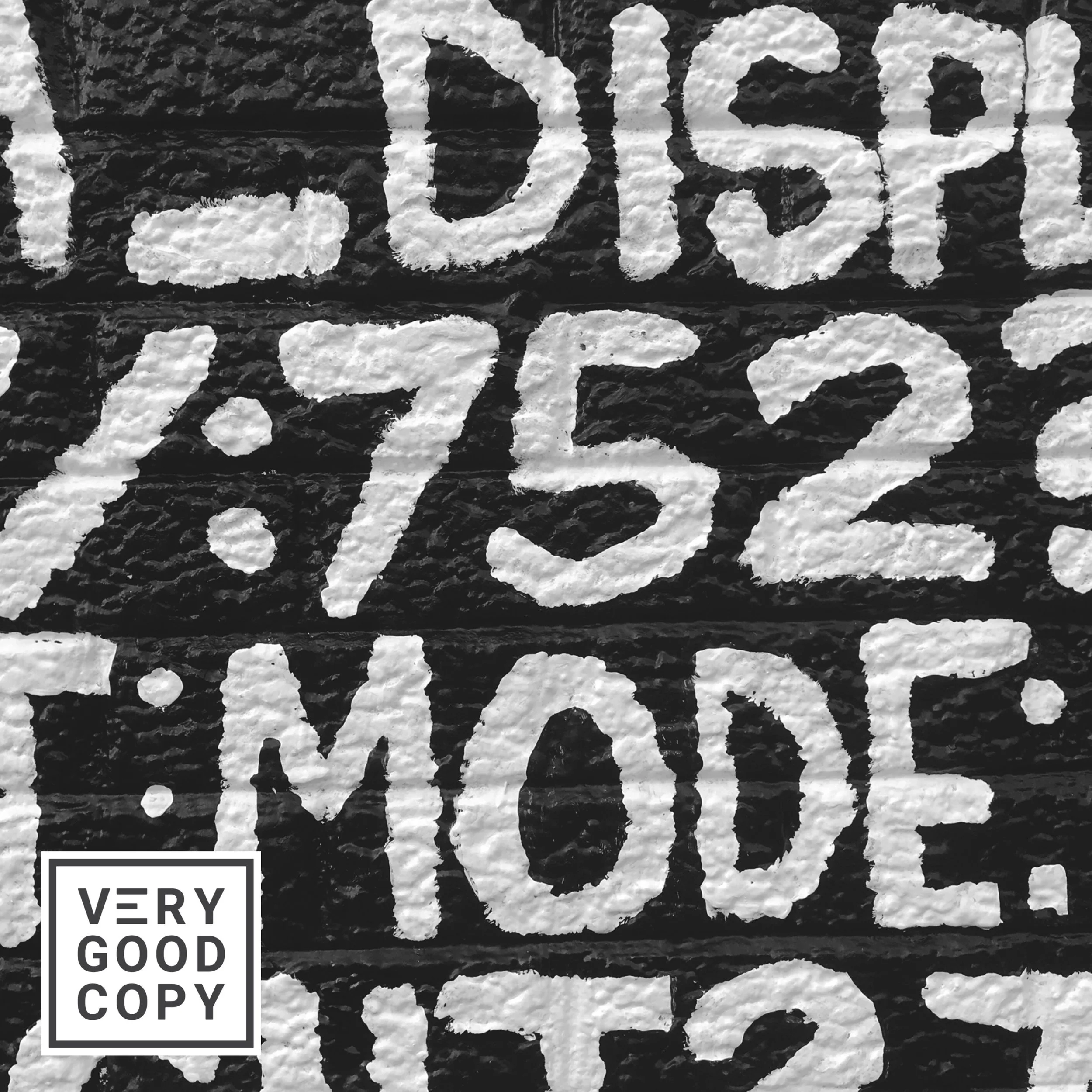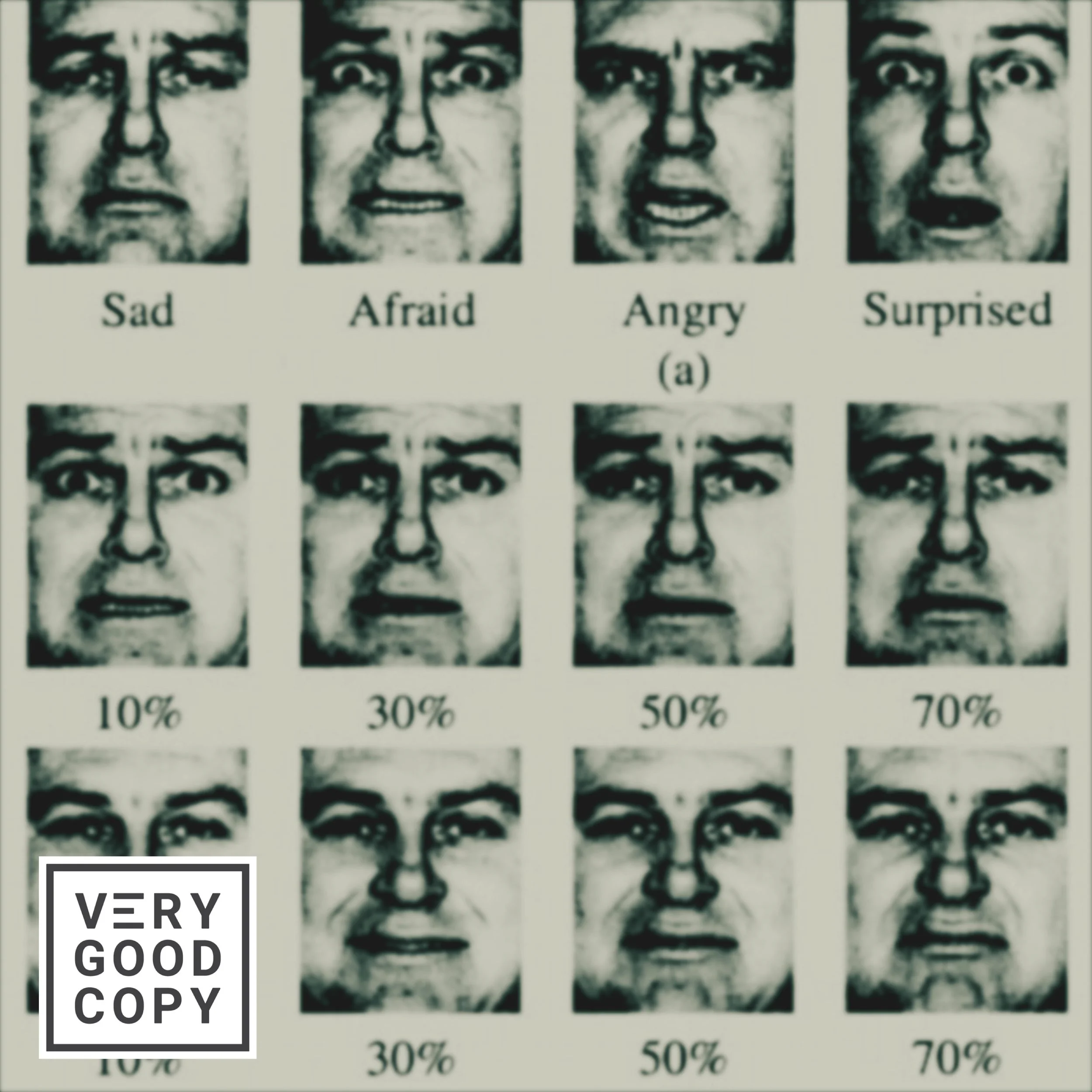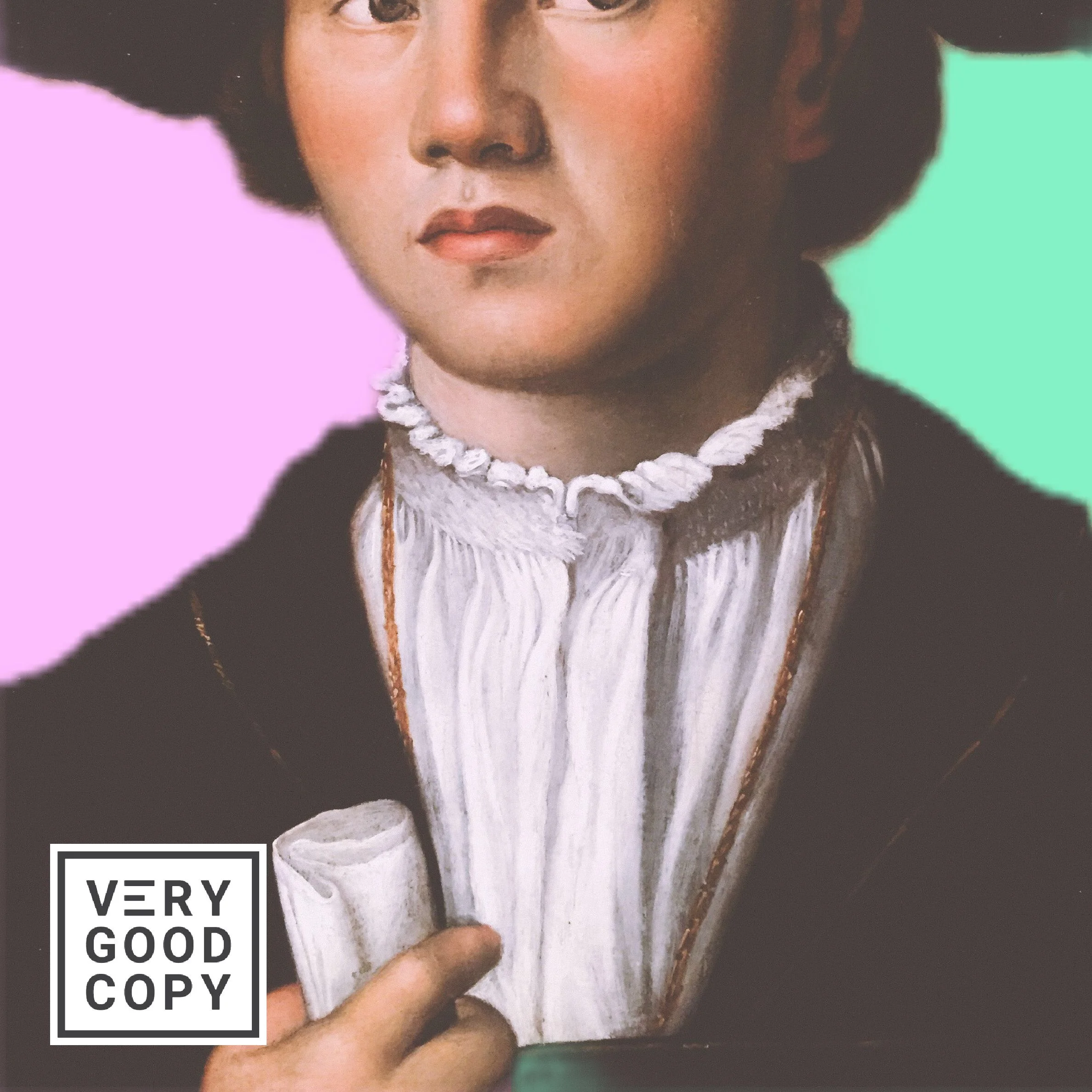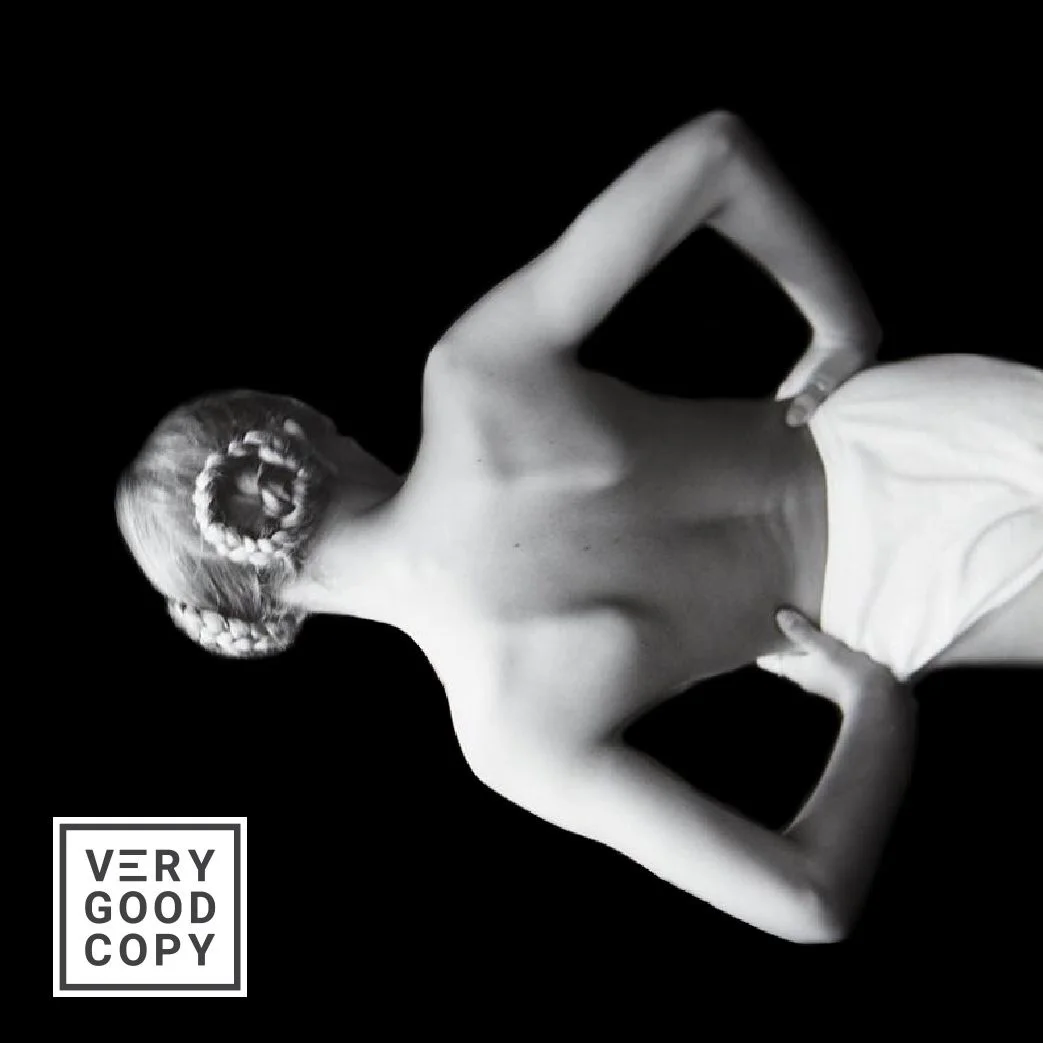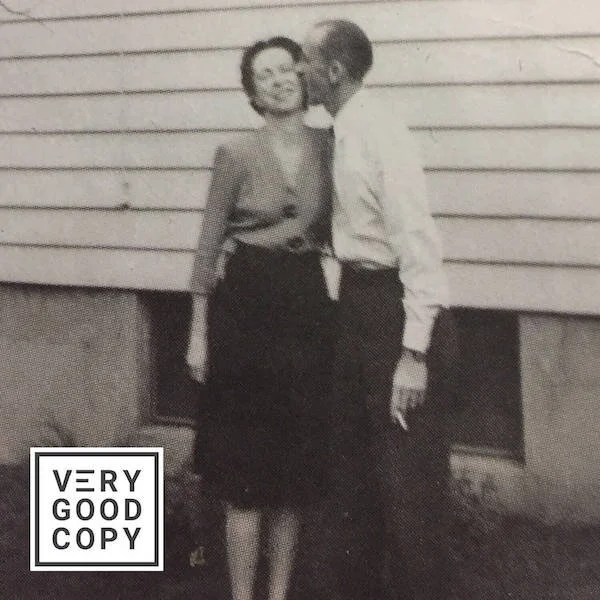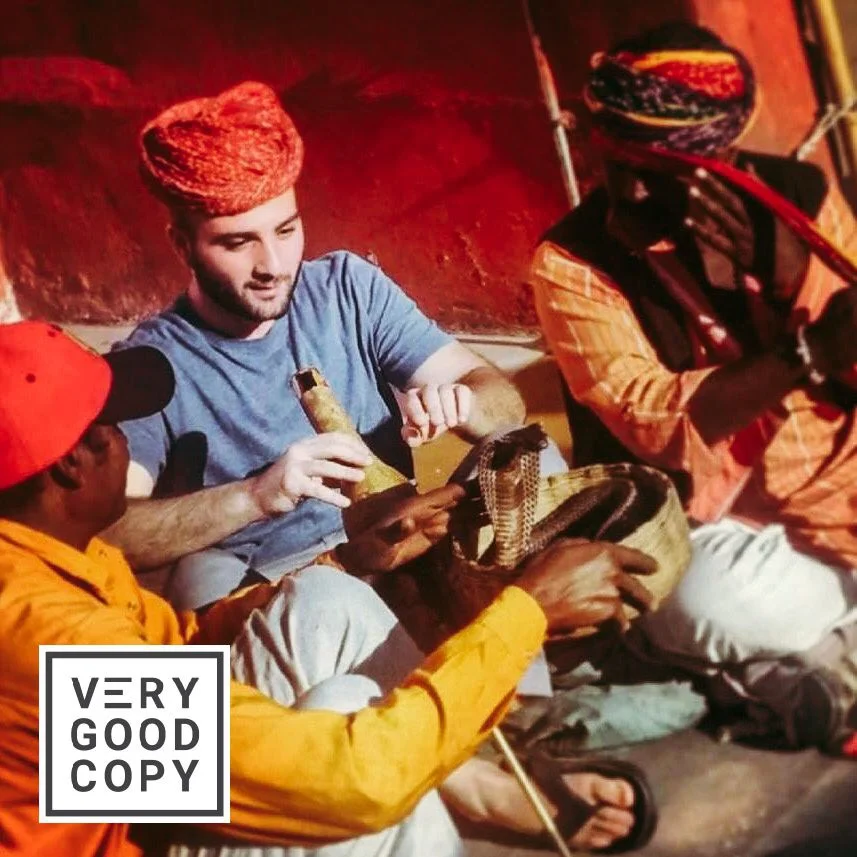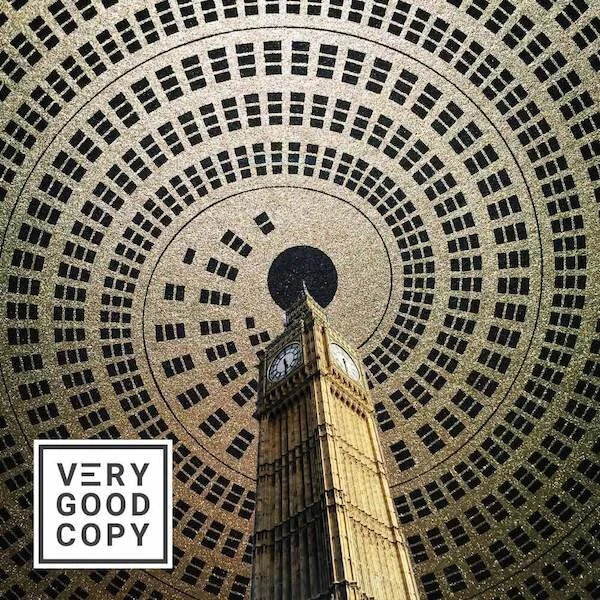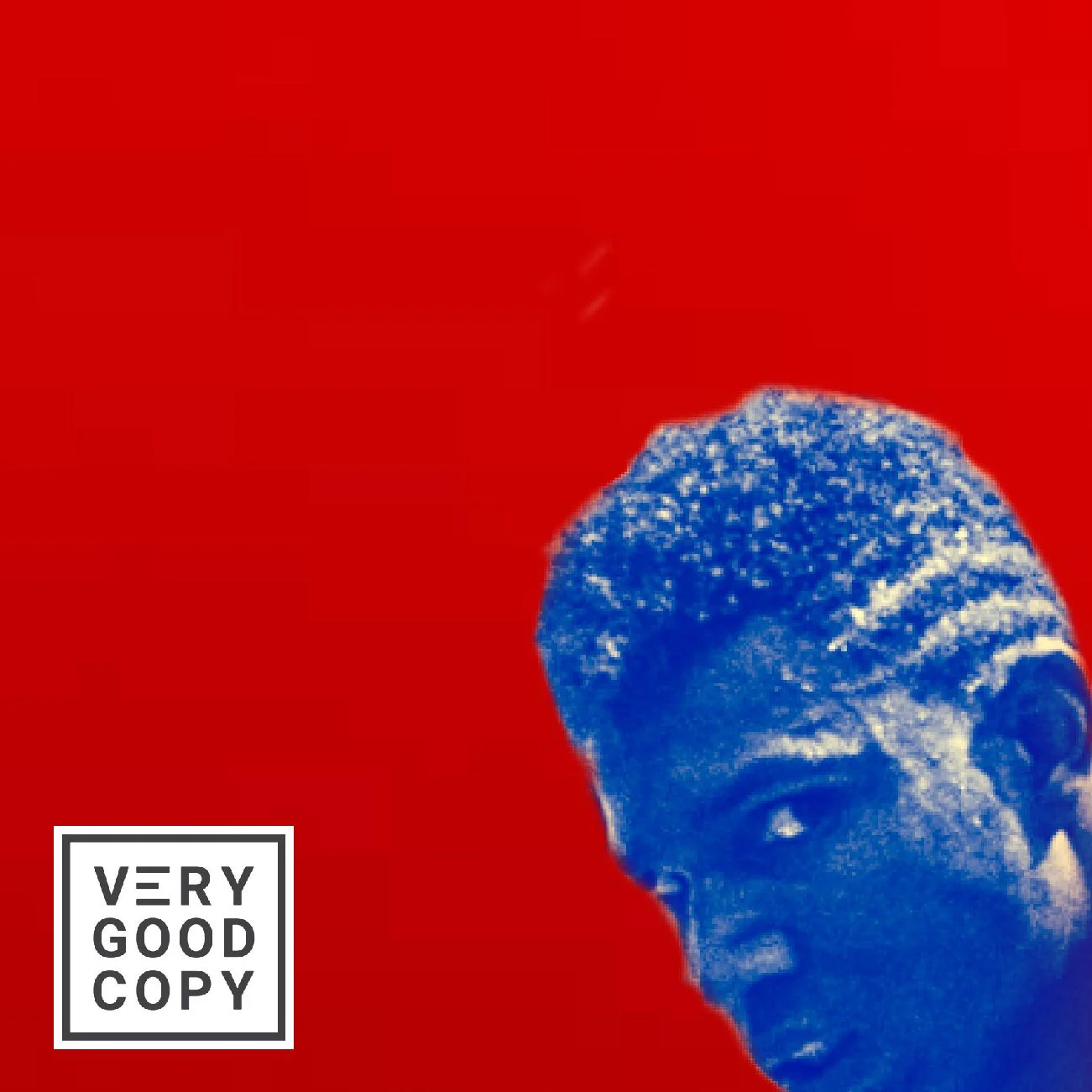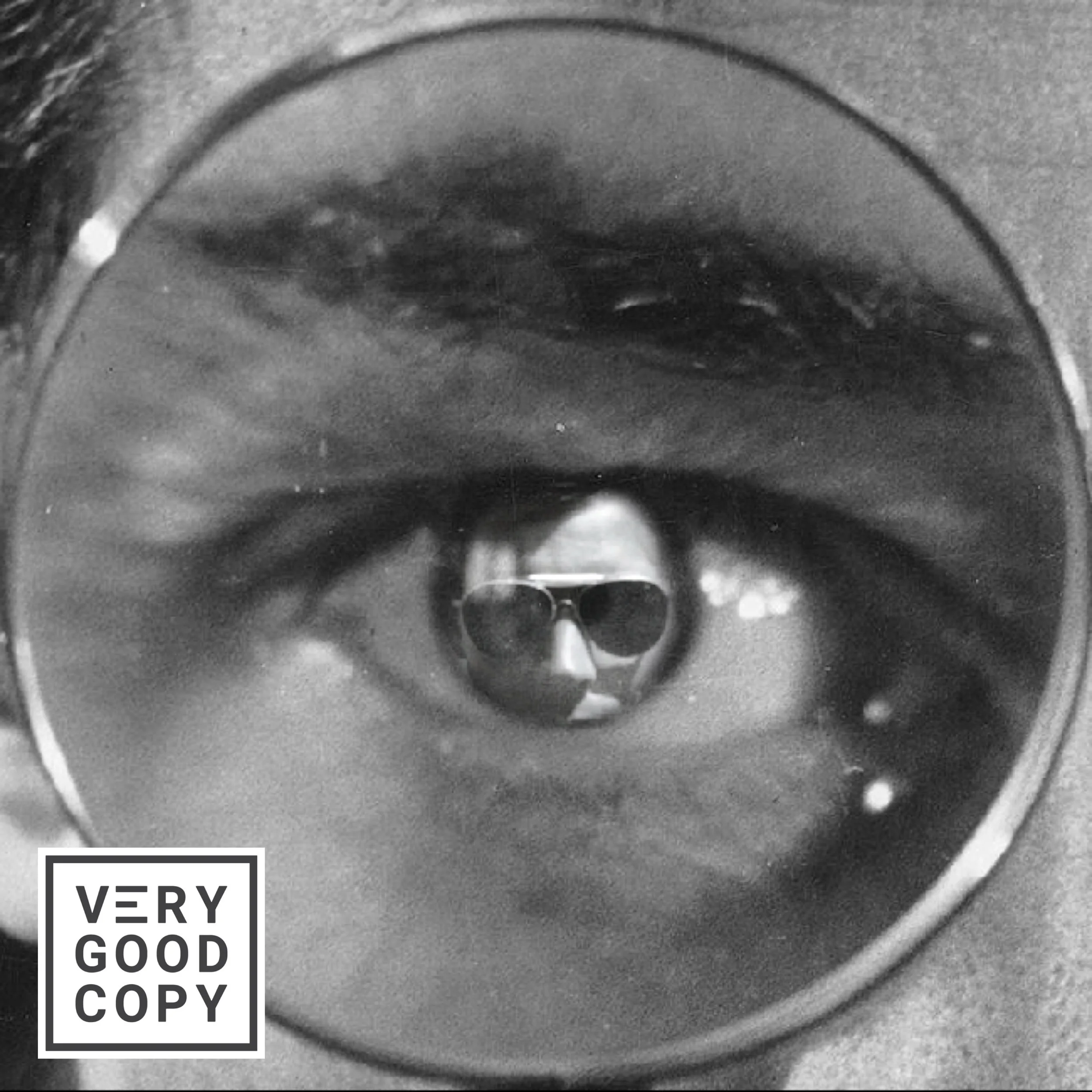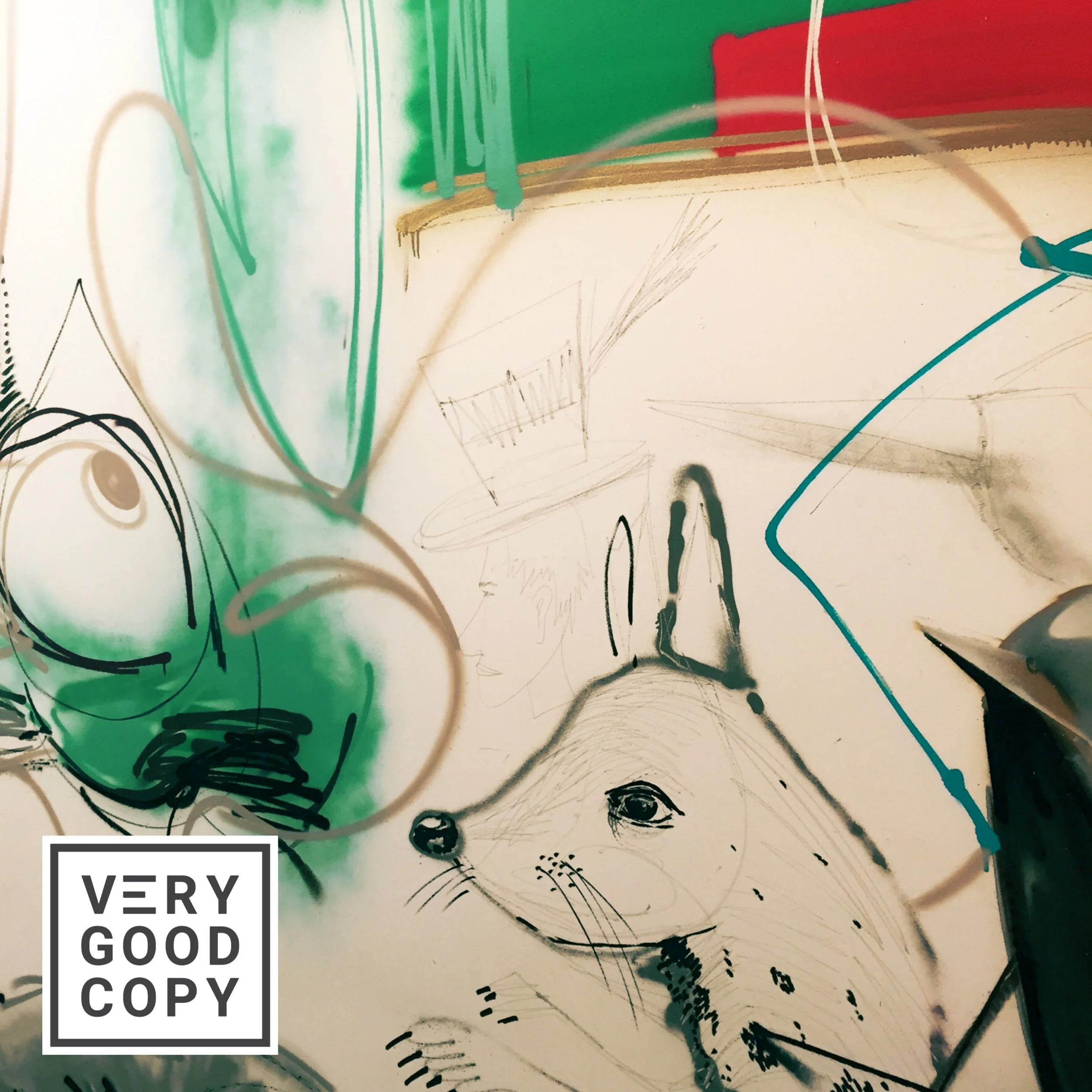![VeryGoodCopy [Small].png](https://images.squarespace-cdn.com/content/v1/5615edeae4b0b9df5c3d6e90/1567447114487-HJSEPW2XTRSRWBIK5KEJ/VeryGoodCopy+%5BSmall%5D.png)
“I’m reading a good book,” I said.

“Oh ya?” said Kels, my wife.
“Yeh,” I said. “It’s called French Exit.”
“I’d like it?”
“Yes,” I said. “It’s satire, nice and dark. And they’re in Paris.”
“Ooh la la,” she said. “We love Paris.”
“Oui,” I said.
![VeryGoodCopy [Small].png](https://images.squarespace-cdn.com/content/v1/5615edeae4b0b9df5c3d6e90/1567447380847-KY236R87HJN4GNC5COQJ/VeryGoodCopy+%5BSmall%5D.png)
JOIN THOUSANDS OF SUBSCRIBERS

Later that day, I listened to a podcast about French Exit.
The author, Patrick DeWitt, was being interviewed by a literary critic in front of a small, live audience in Paris. Kicking things off, DeWitt read the first few pages of the book.
The audience applauded when he finished.
“Thanks,” he said.
The critic cleared his throat.
“I had this feeling listening to you,” he said, “it’s rare to begin reading a novel and meet two characters that seem so entirely fully formed.”
“Mm,” agreed DeWitt.
“There’s such a richness to their dialogues,” said the critic, “and even though we don’t get any particular physical description of them — we don’t even get to hear their internal monologue at this point — there’s something so clear and distinct… and we feel, as readers, as though we know them.”
The author cleared his throat.
“I’m glad that was your experience...” he said. “Dialogue is how we get to know people, so I find it’s a good way to get to know fictitious characters, as well — just the way they speak and what they do and do not say.”
Dialogue is an efficient character-development tool.
And that makes it an efficient, valuable copywriting tool — because copywriters so often create characters to tell stories. Stories that remind consumers of their problems, or their desires.
And to be effective, people must see themselves in these characters quickly. Copywriters must make their characters instantly recognizable and understood, instantly relatable — and pithy, smart dialogue is one of the best ways to create this impact and immediacy.
So next time you’re writing a long-form ad (e.g., an email, a landing page, an article, a video script), try starting it with some dialogue, two people talking.
Use their dialogue to set up the problem or desire.
Then cut away from the dialogue and present the solution in your brand’s voice.
P.S.
Every copywriter should study good dialogue…
DeWitt’s dialogue is very good.
Hemingway’s is the best.
LEARN TO PERSUADE
![VeryGoodCopy [Small].png](https://images.squarespace-cdn.com/content/v1/5615edeae4b0b9df5c3d6e90/1567447591228-MR1E8ZIQVKLI3WUPWP9M/VeryGoodCopy+%5BSmall%5D.png)
WRITE BETTER.
MARKET BETTER.
SELL MORE.
COMMENT BELOW
Judge not lest ye be judged.





![How to write better dialogue [easy, instant, Hemingway-inspired hack]](https://images.squarespace-cdn.com/content/v1/5615edeae4b0b9df5c3d6e90/1600810690603-XZIT3F465CS25186CILF/Better+dialogue+COMP.JPG)
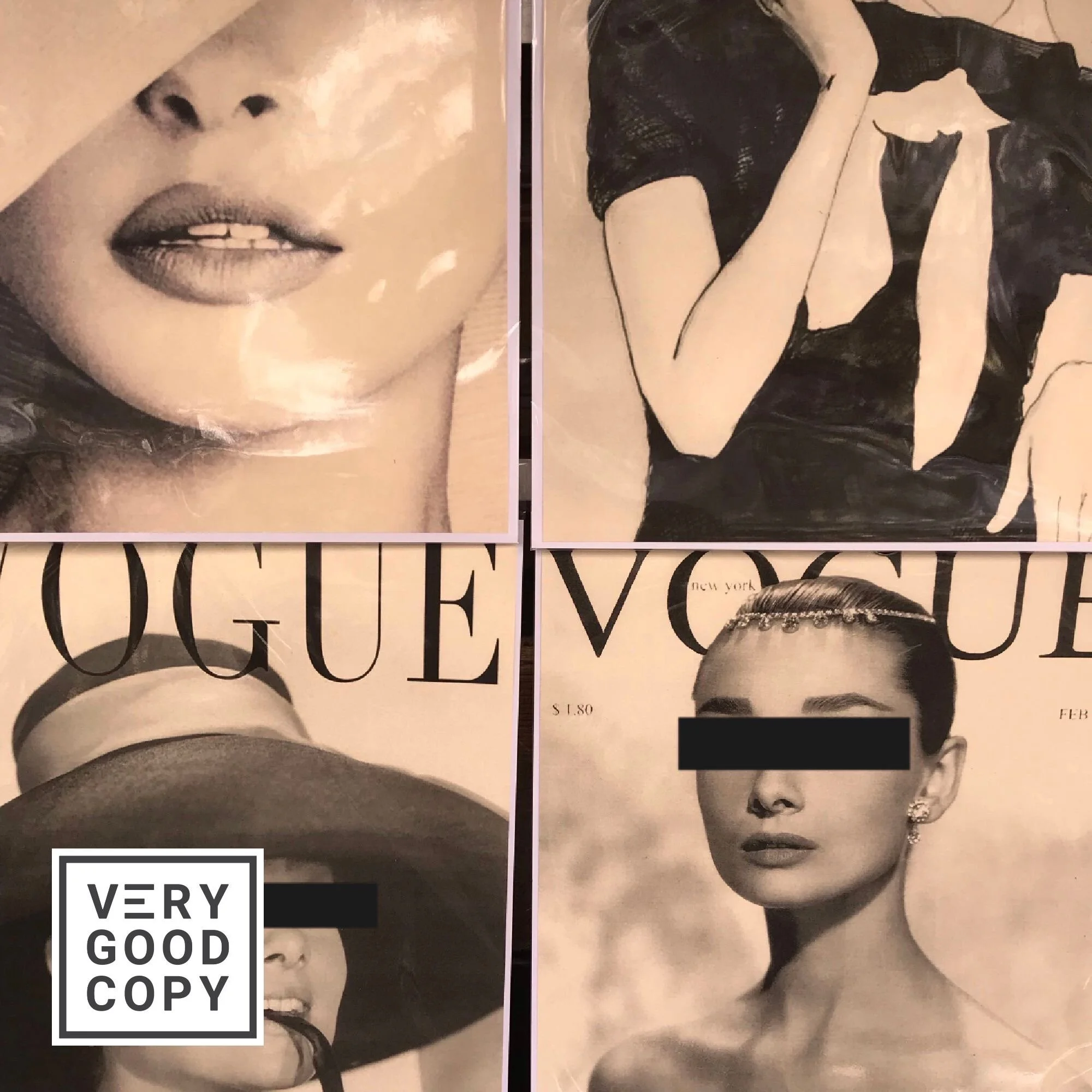
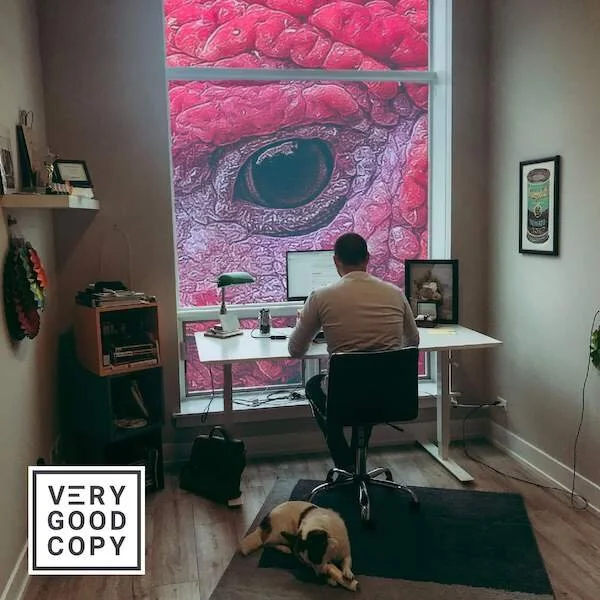


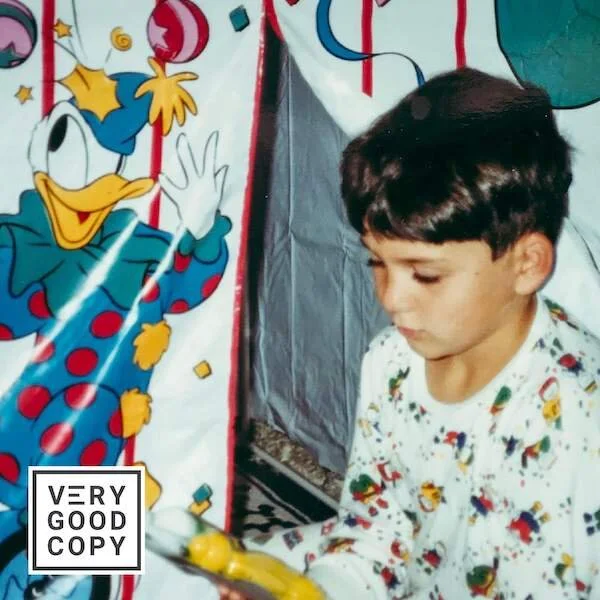
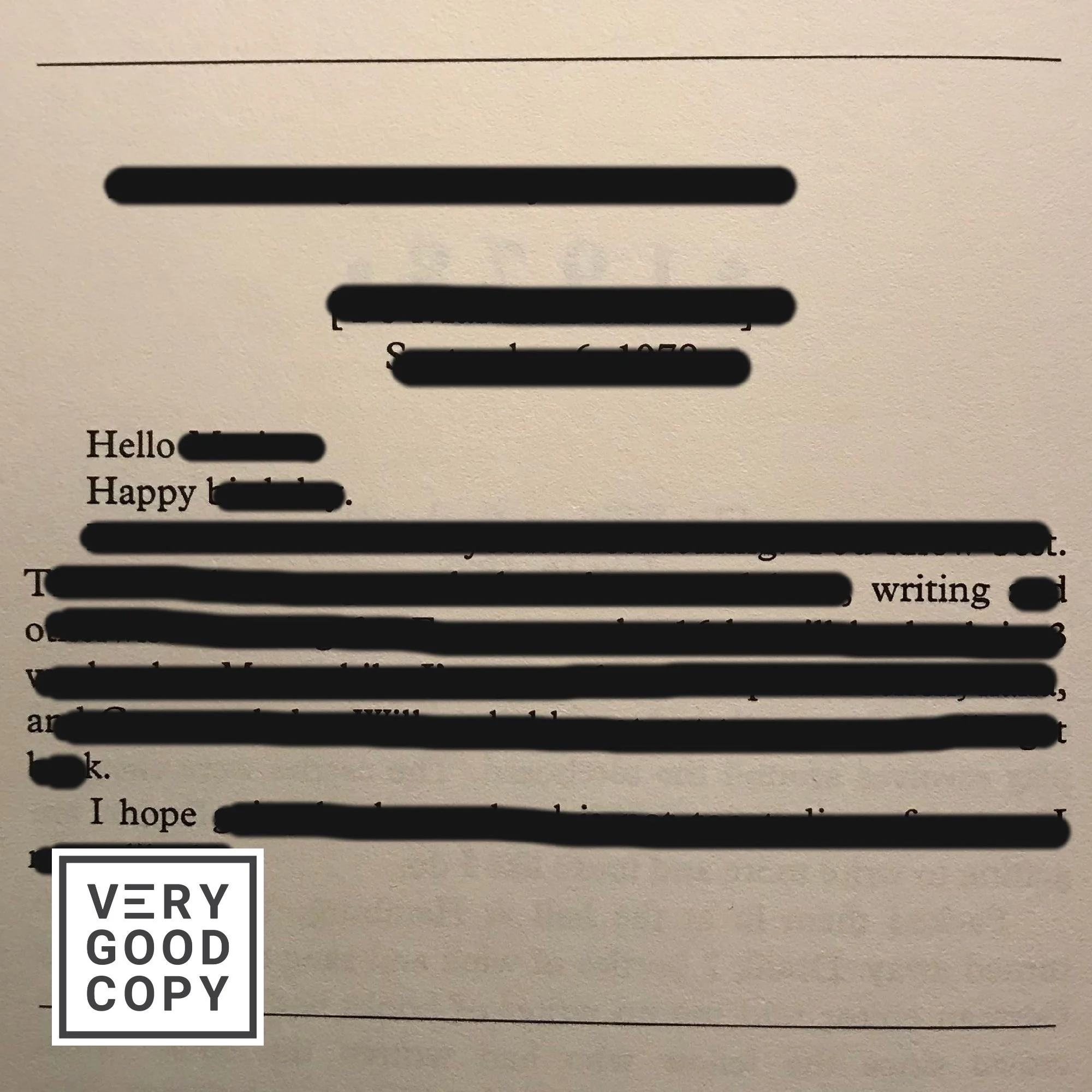
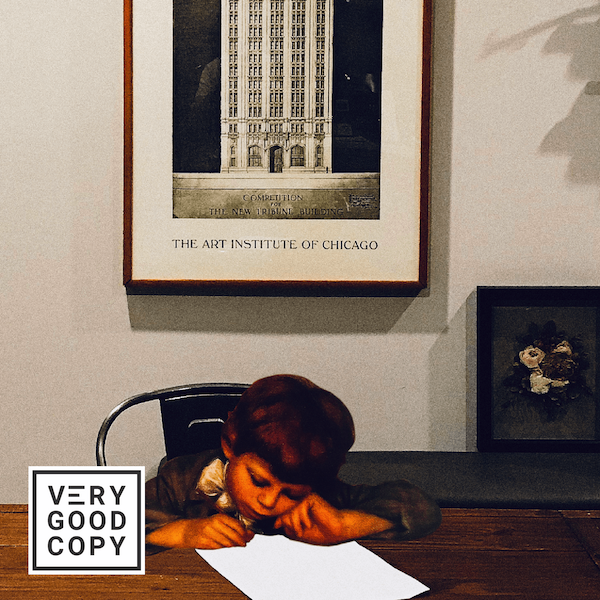

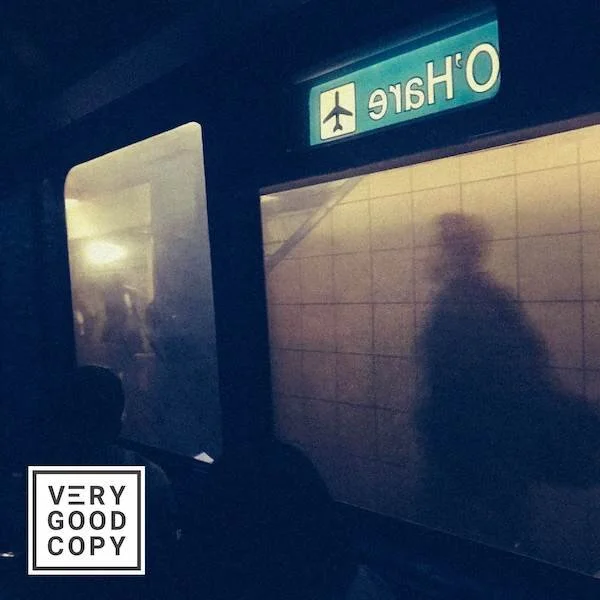

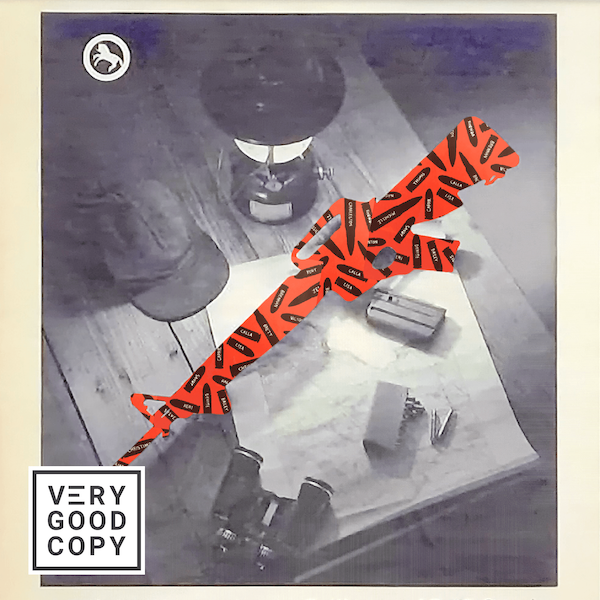


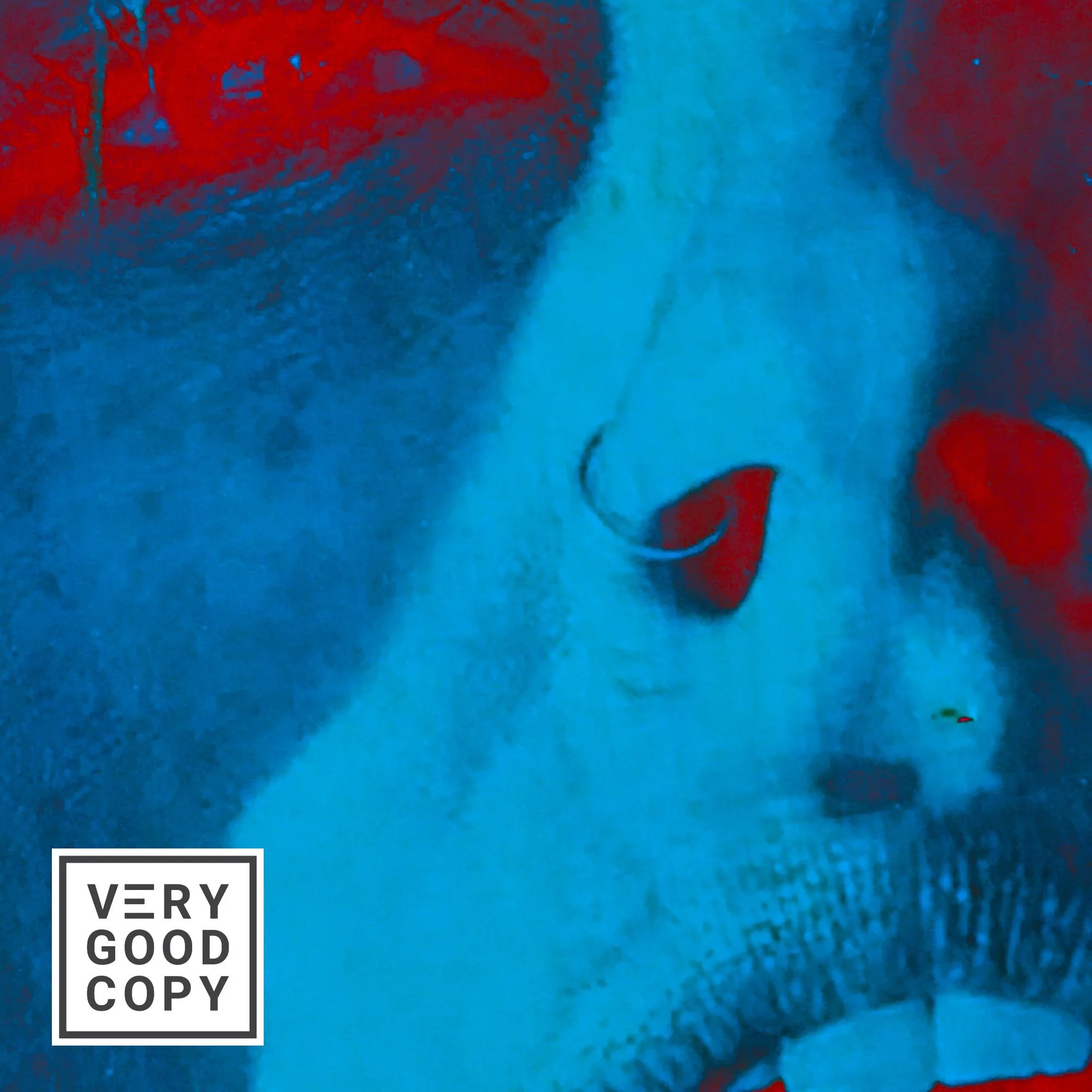

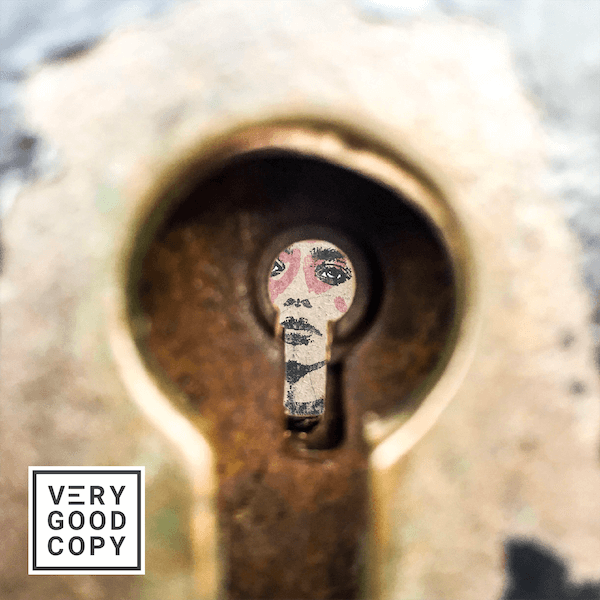



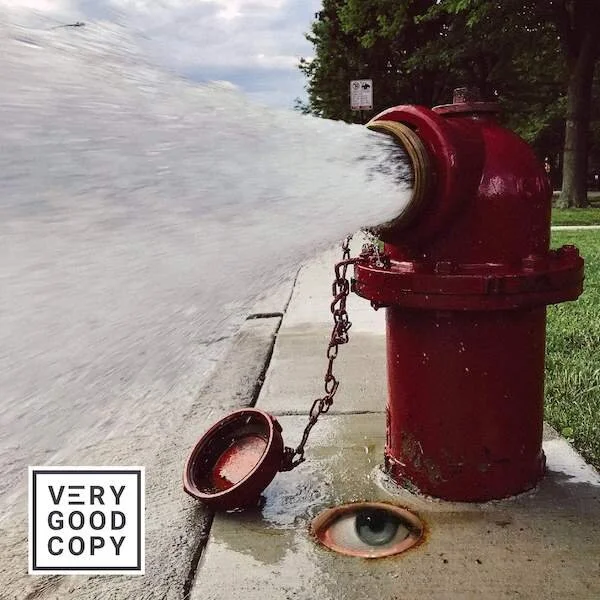


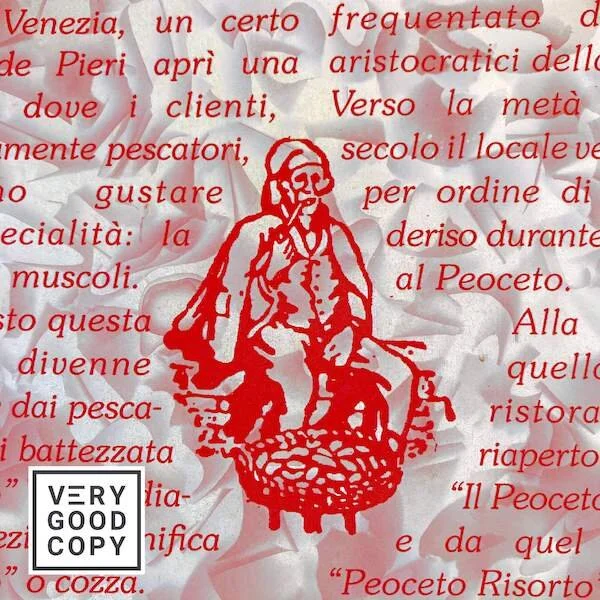
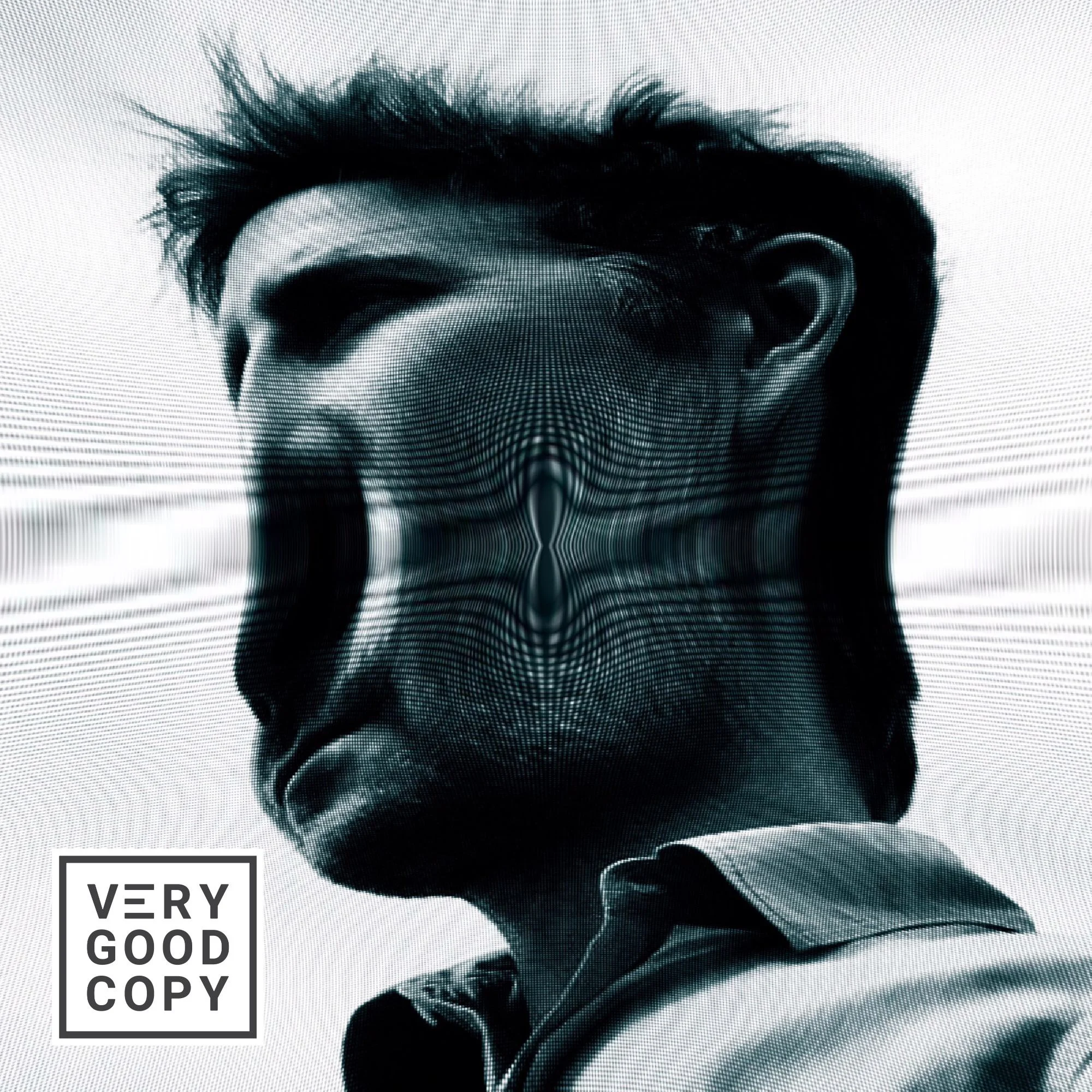
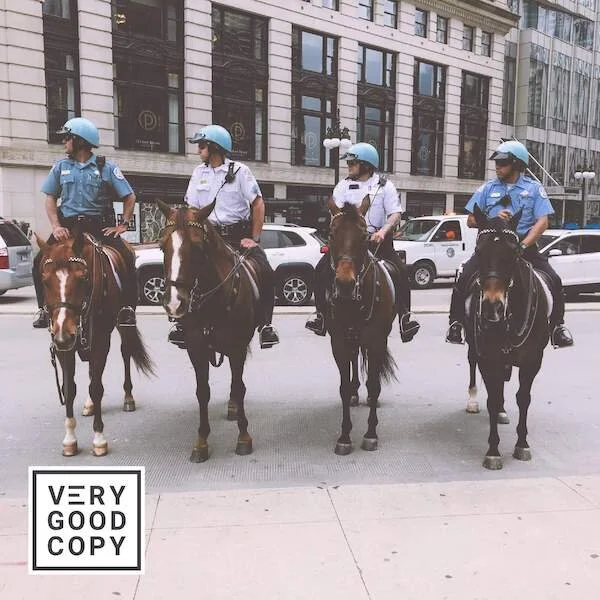
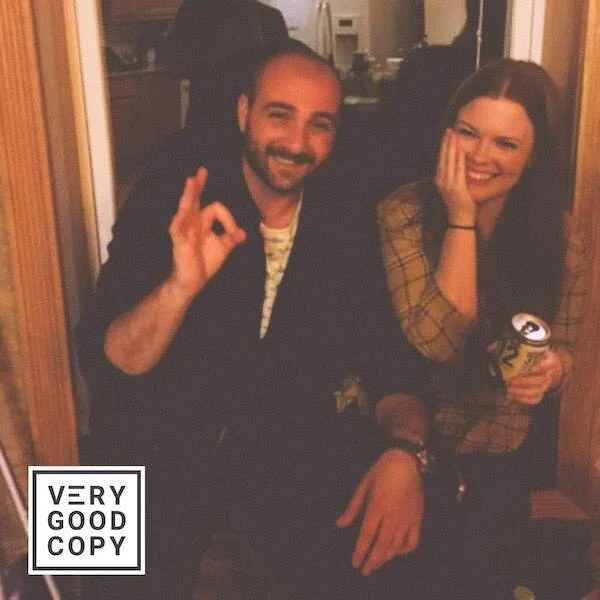

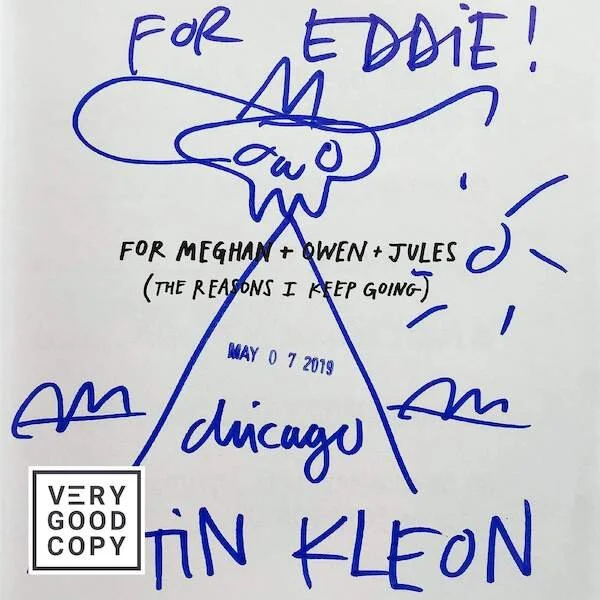
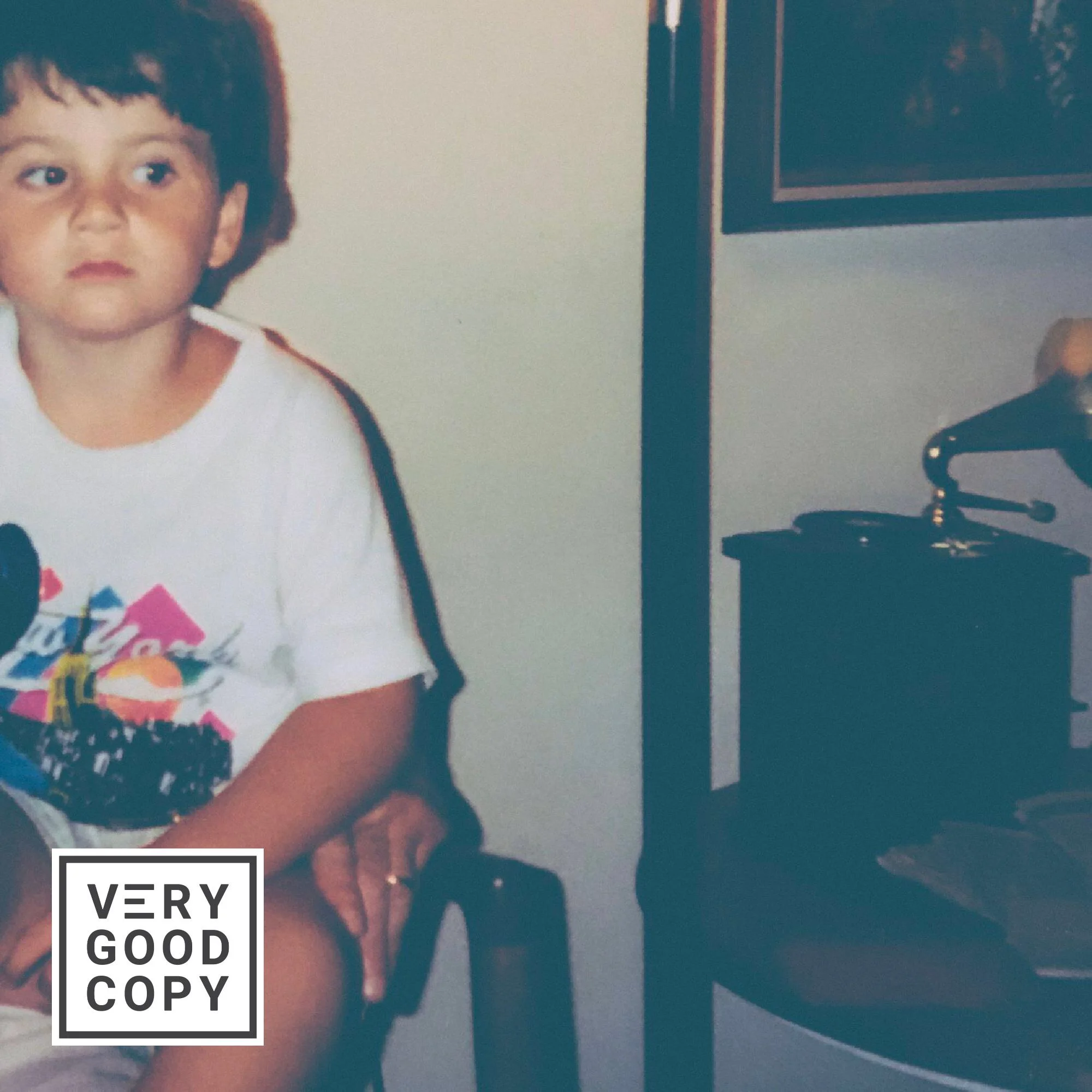






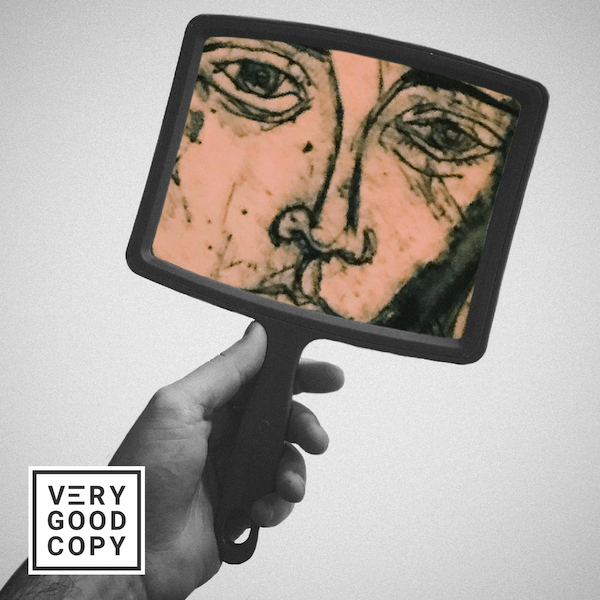
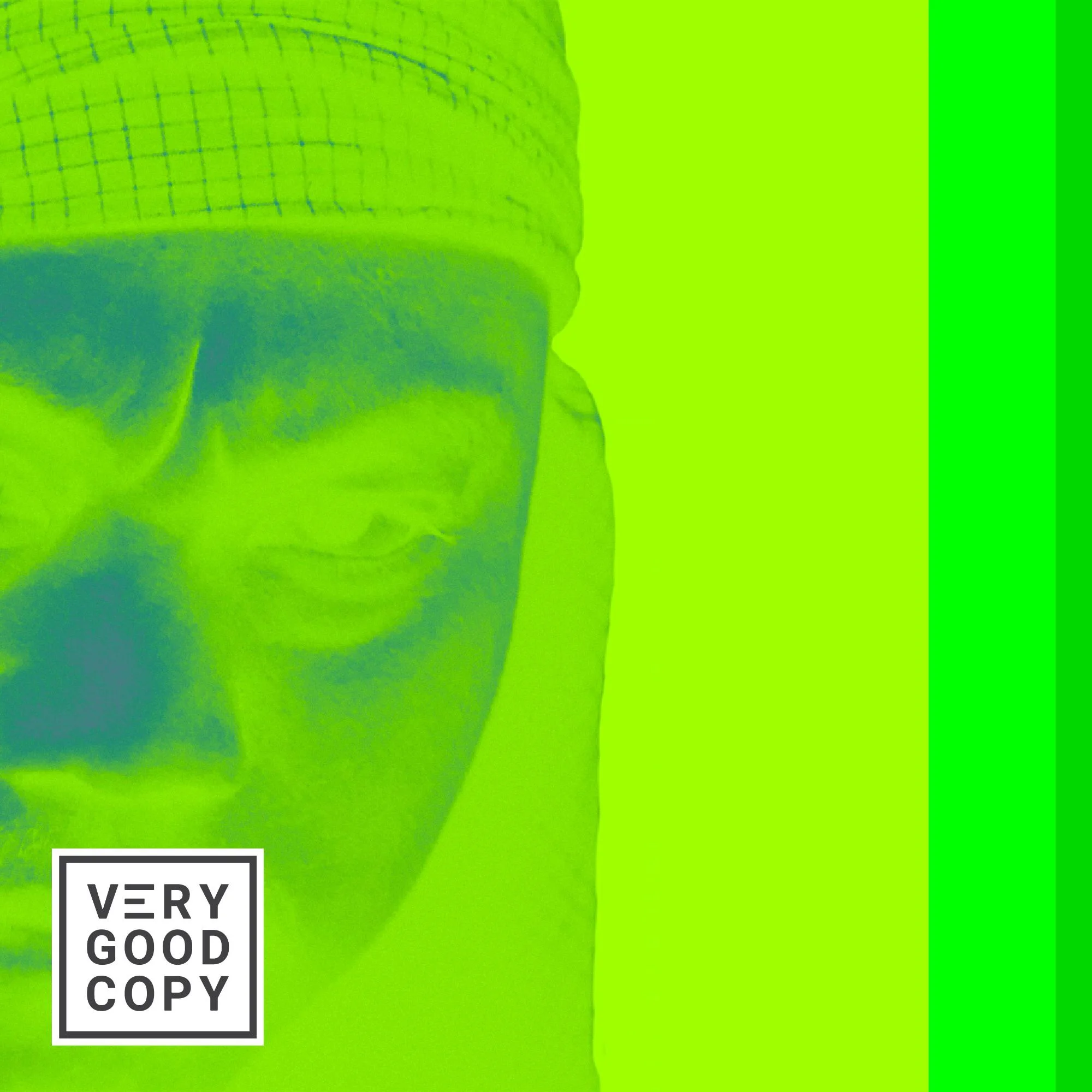


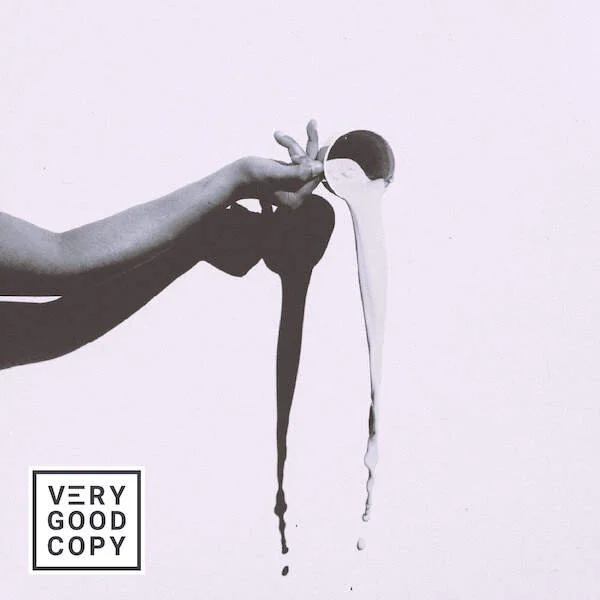
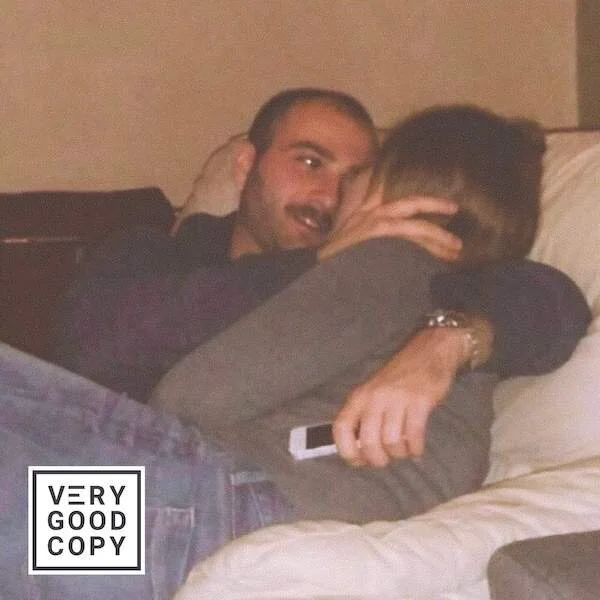
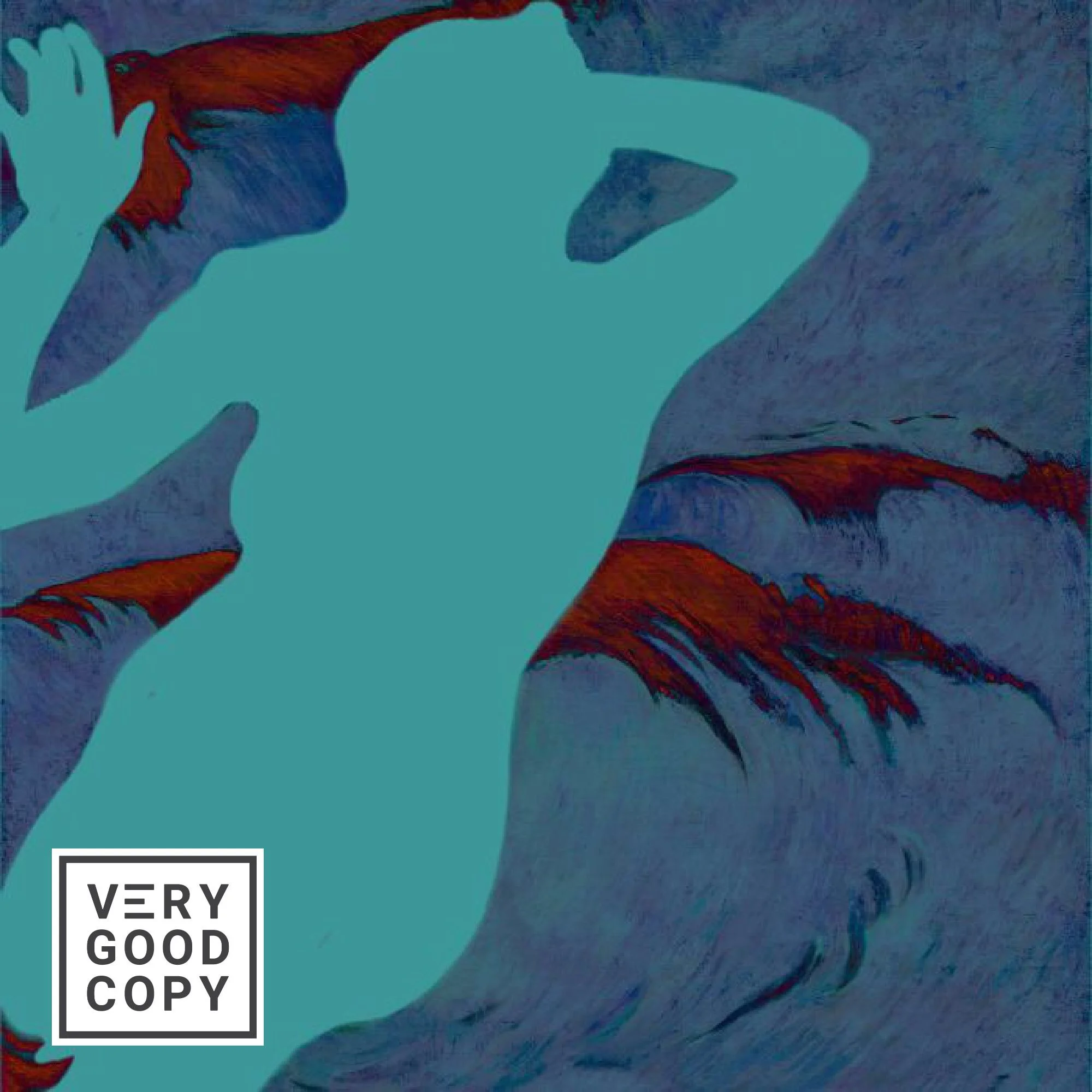
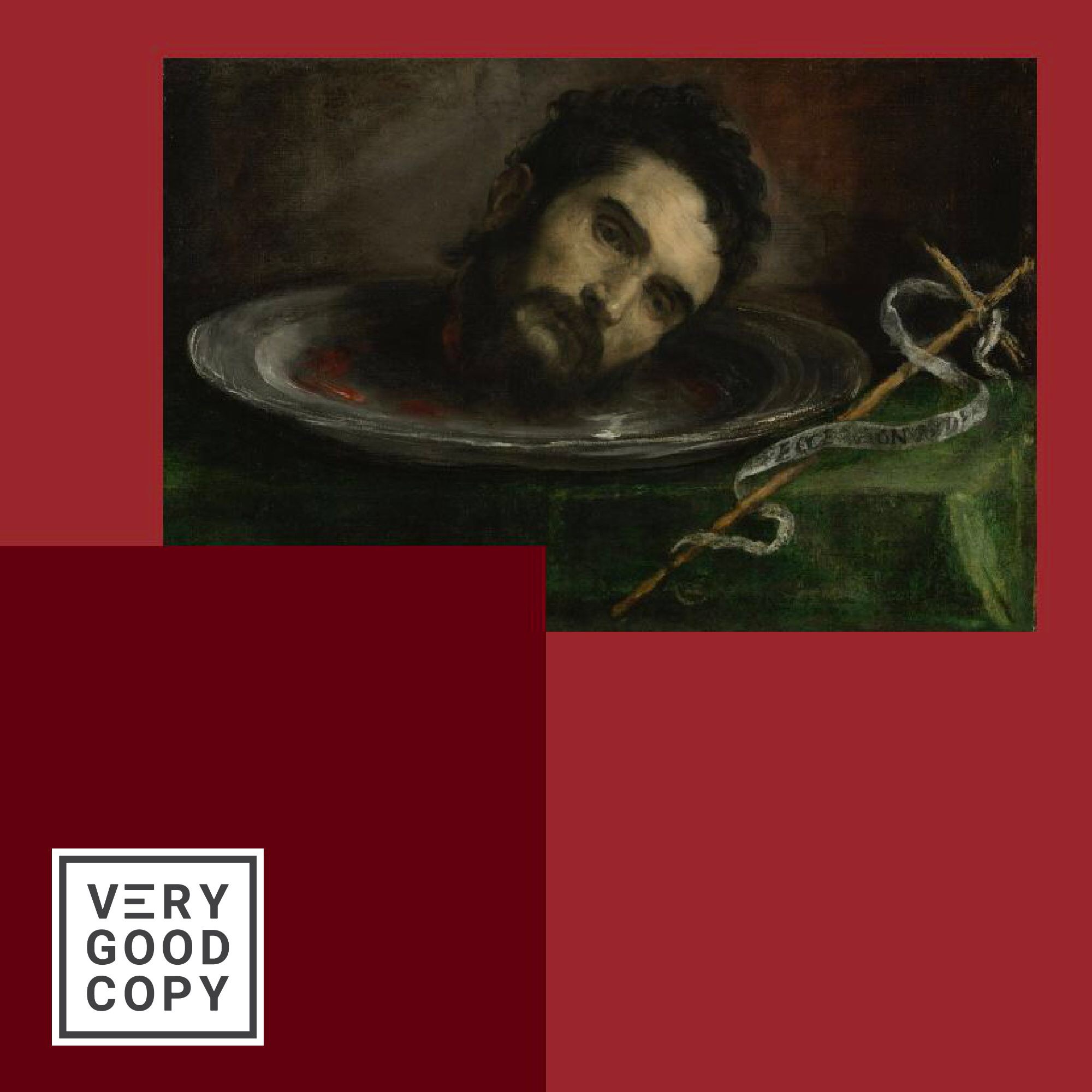









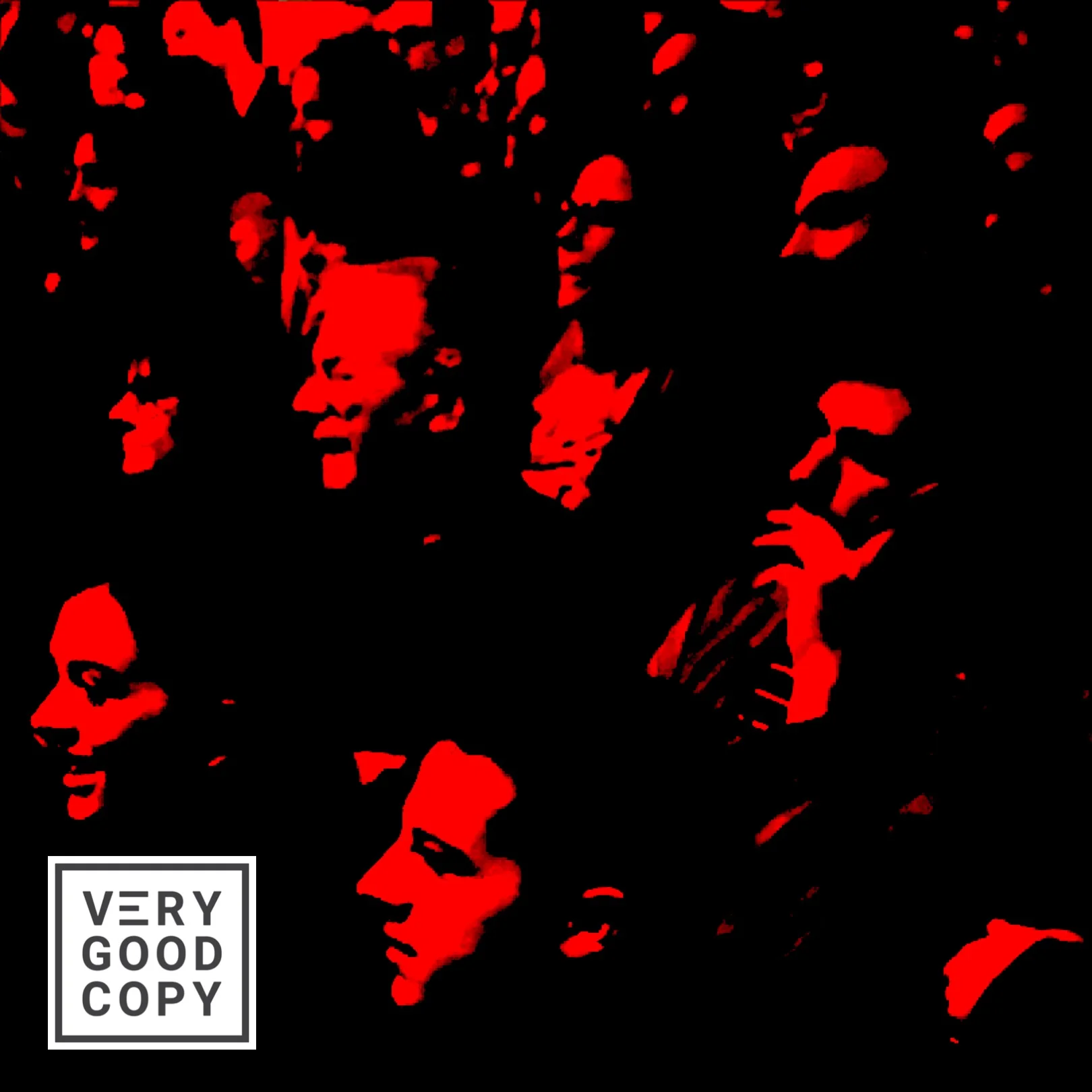
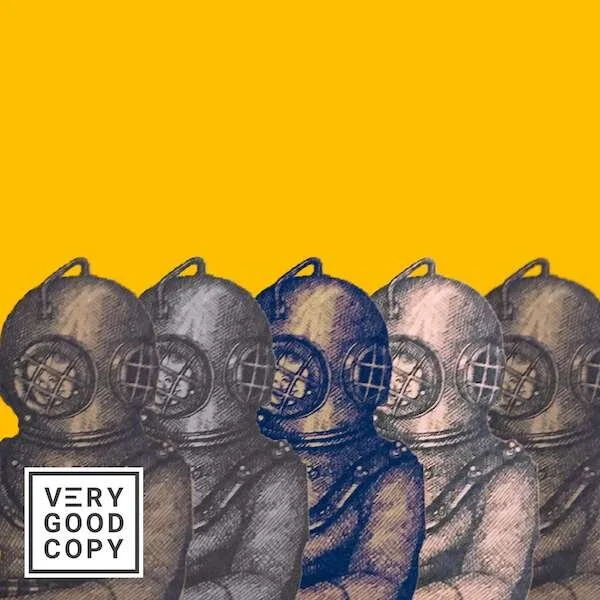







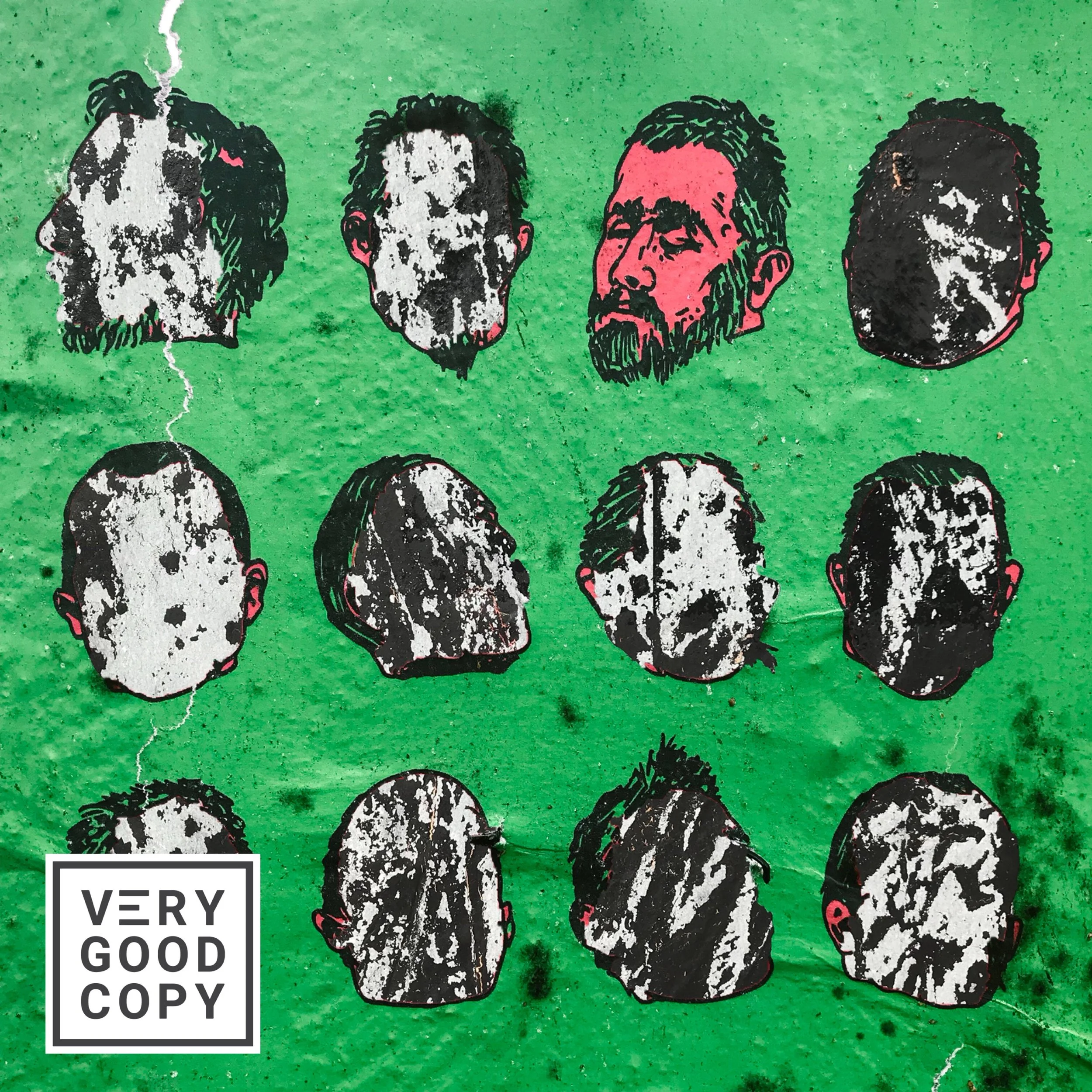

![How copywriters put prospects in the buying mood [quick trick]](https://images.squarespace-cdn.com/content/v1/5615edeae4b0b9df5c3d6e90/1533095575515-C2JPAZA3C46IBX00EMM8/Put+prospects+in+the+buying+mood+%5BVGC+art%5D.JPG)



